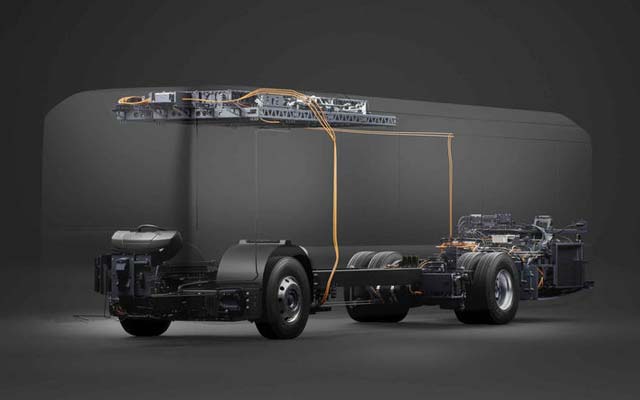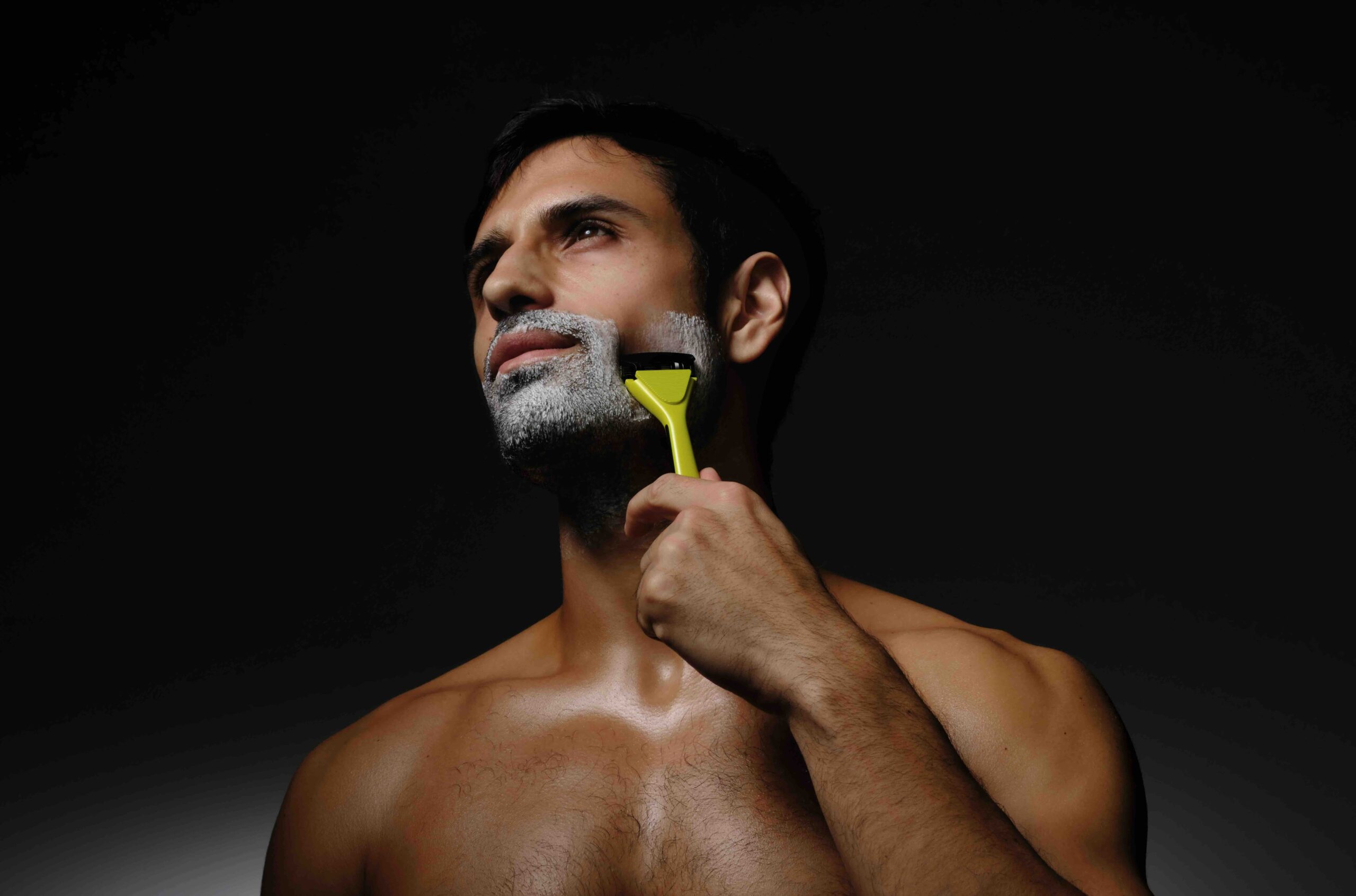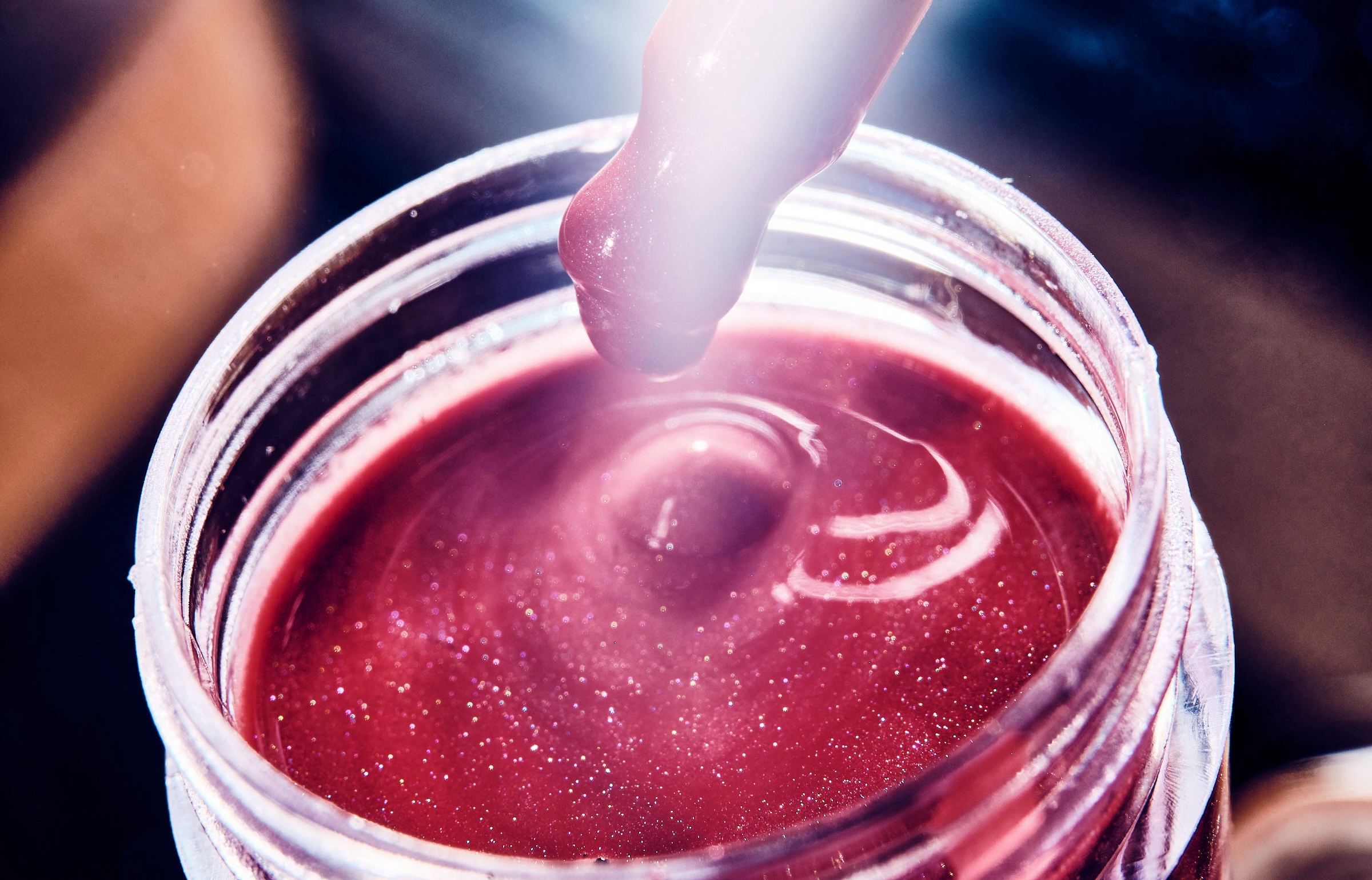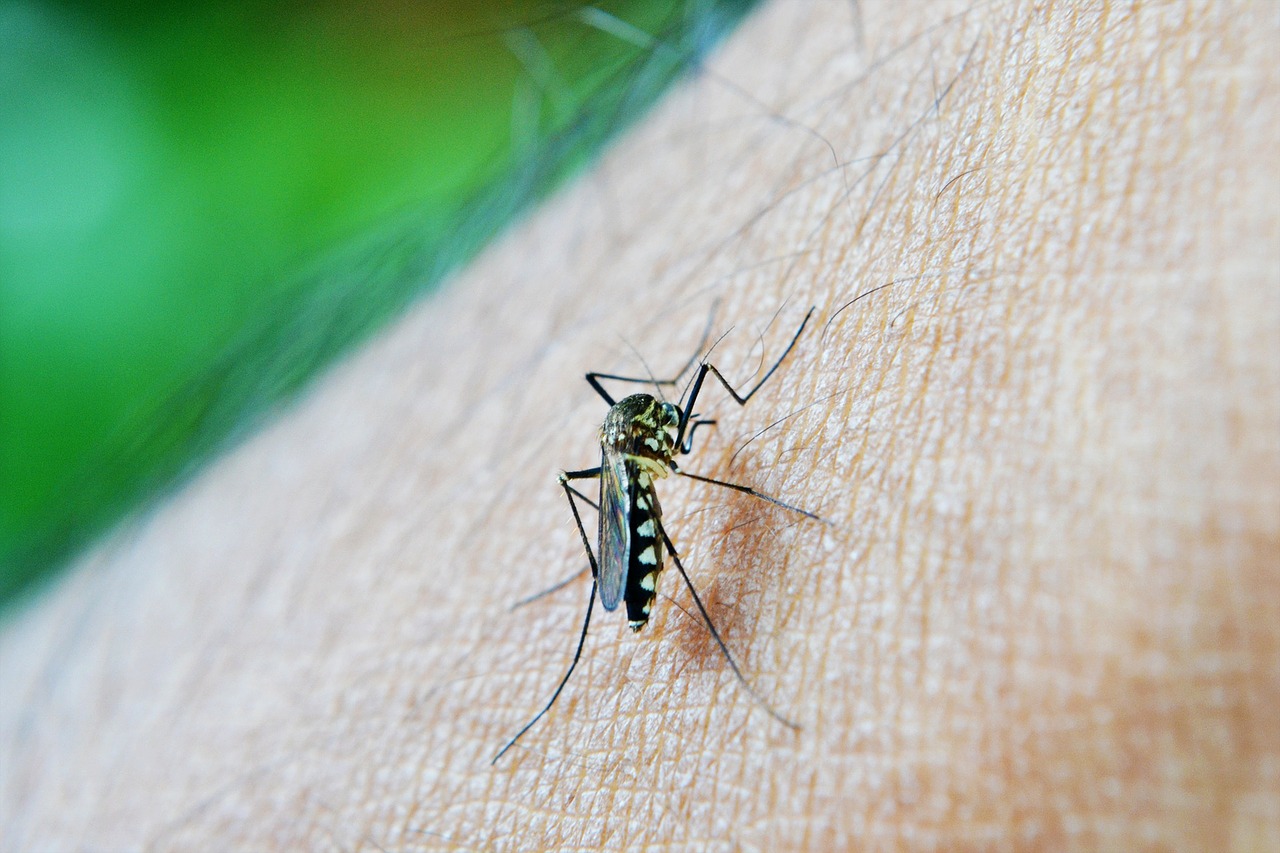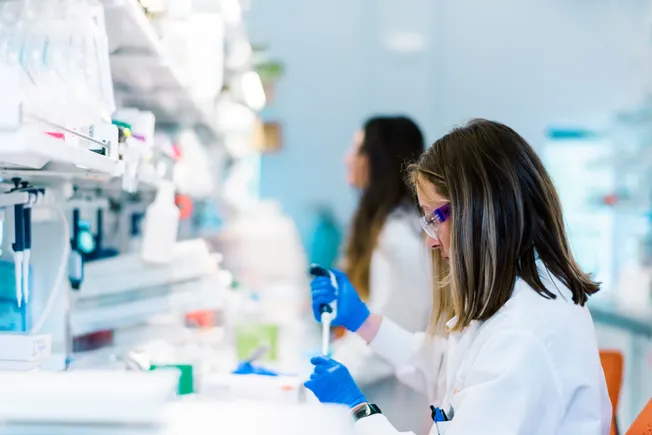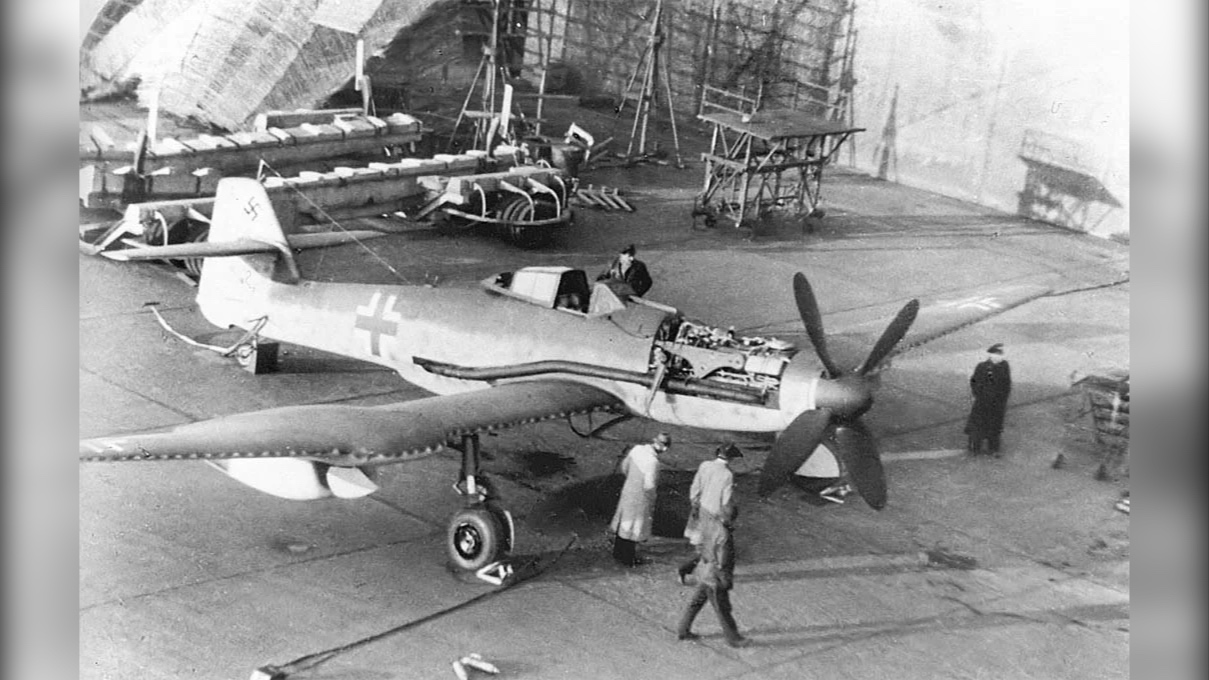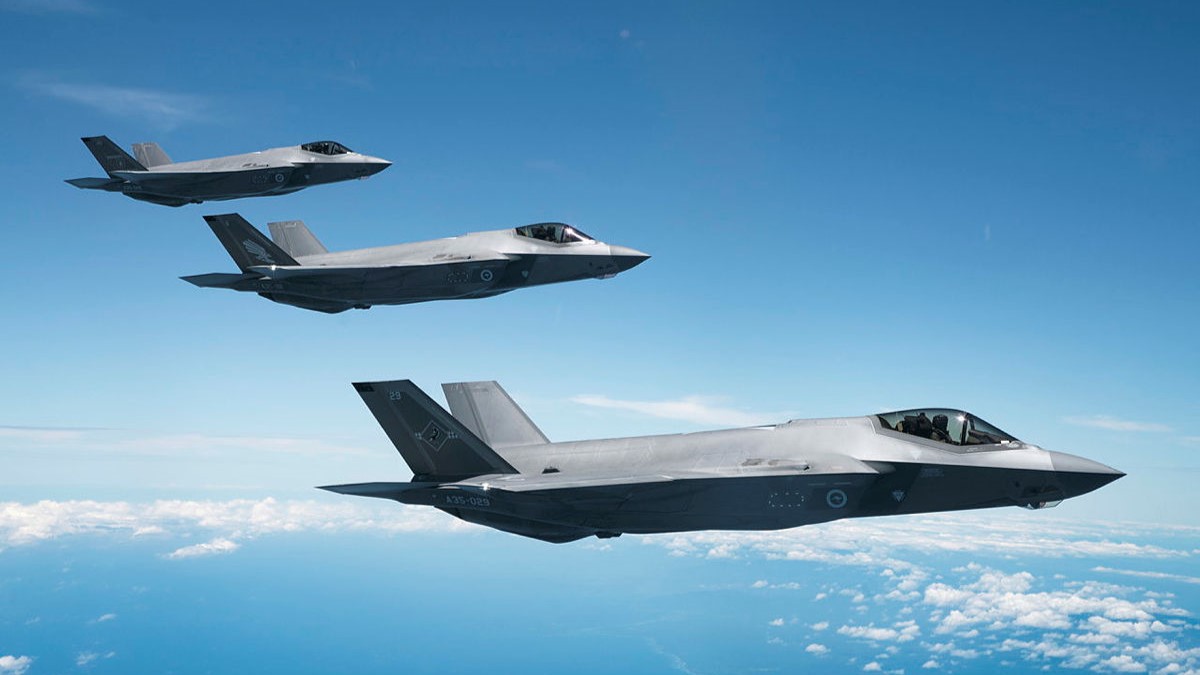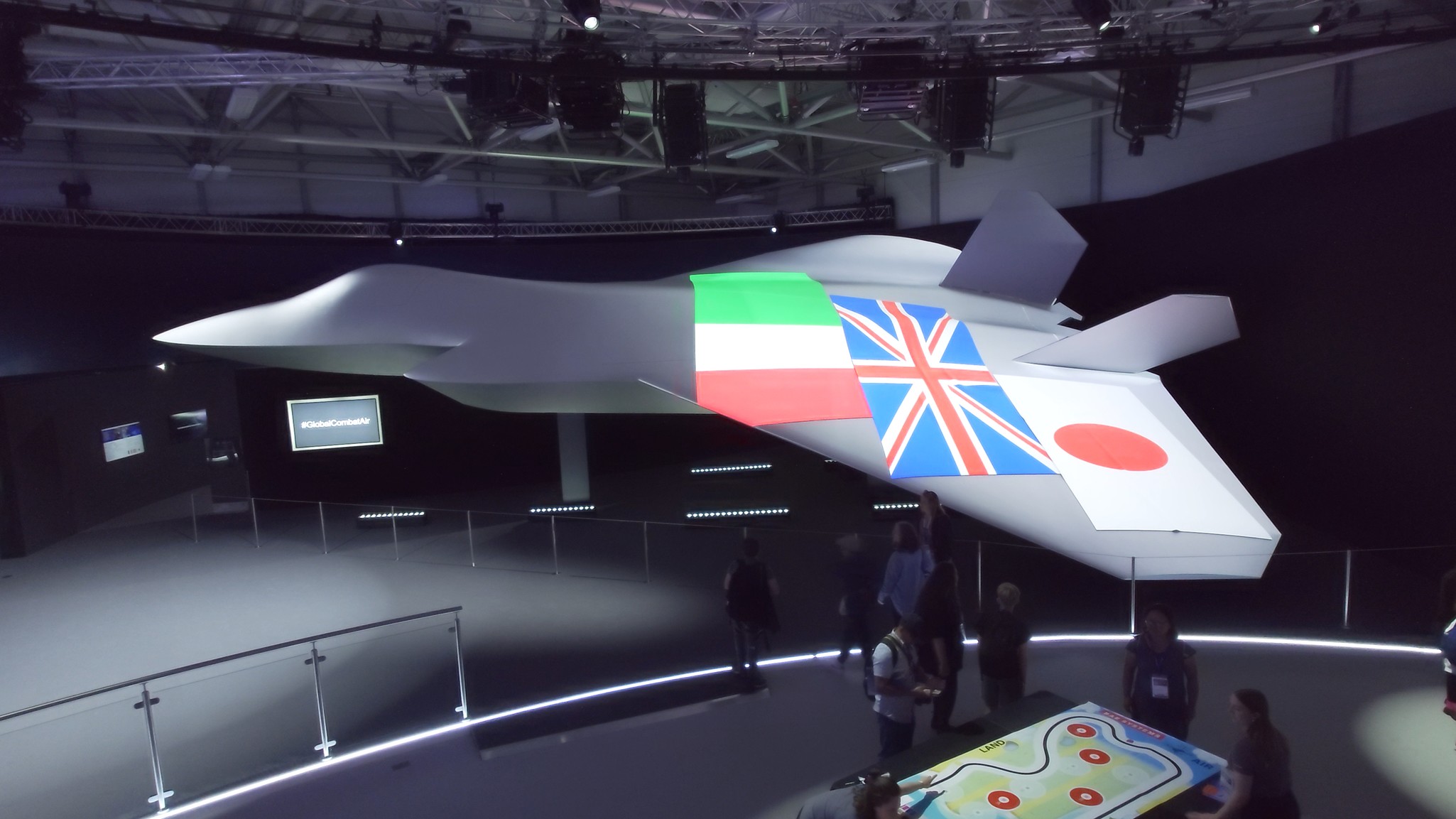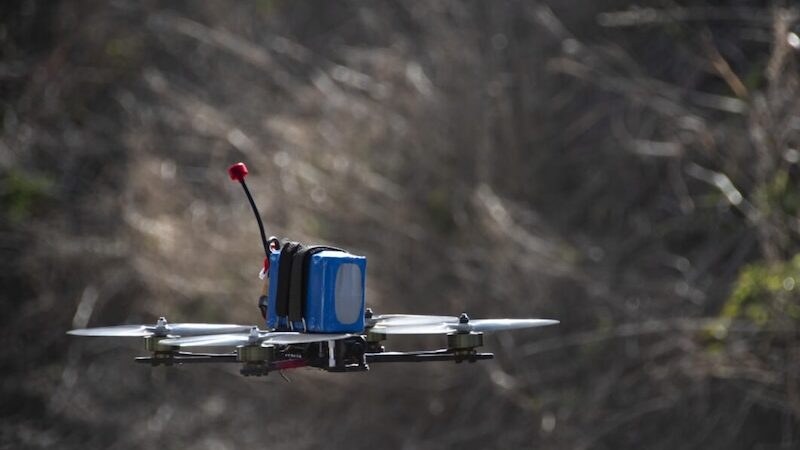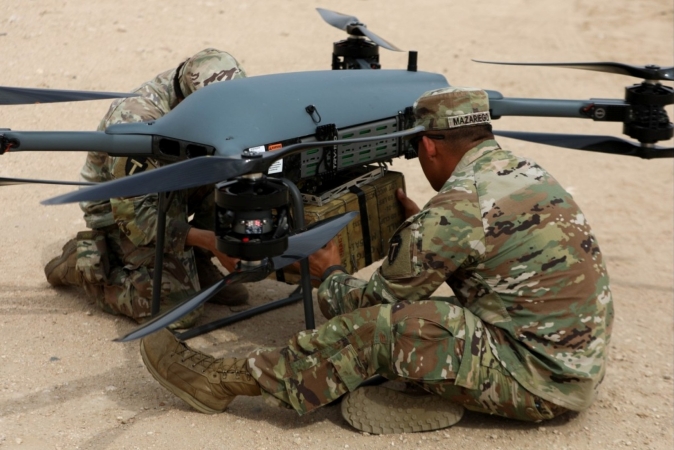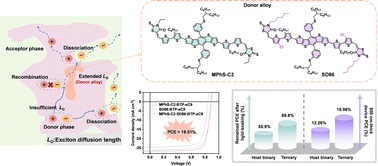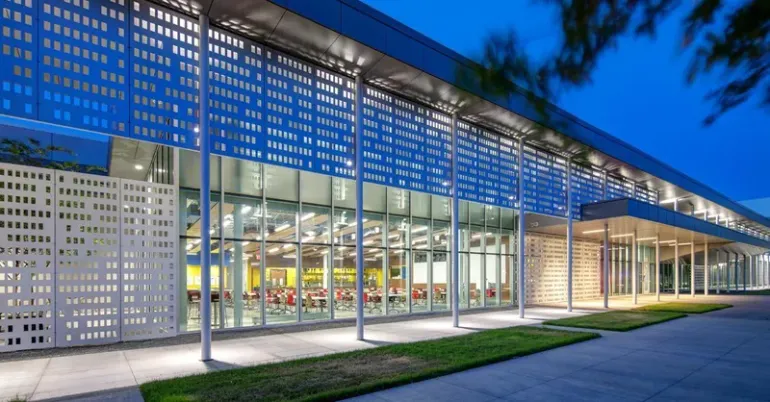Pericyte‐Assisted Vascular Lumen Organization in a Novel Dynamic Human Blood‐Brain Barrier‐on‐Chip Model
Advanced Healthcare Materials, Volume 14, Issue 15, 10 June, 2025.

Organ-on-Chip (OoC) technology enables the precise modeling of the blood-brain barrier (BBB). This study presents a microfluidic device that mimics brain microvessels, integrating co-culture with pericytes and astrocytes under pulsatile flow. Results show that perivascular cells modulate endothelial morphology, promoting lumen formation and barrier integrity. These findings enhance neurovascular research and BBB mechanobiology.
Abstract
Organ-on-Chip (OoC) technology provides a powerful platform for neurovascular research, enabling the precise replication of the blood-brain barrier (BBB) microenvironment, including its 3D architecture and the influence of dynamic blood flow. This study introduces a novel microfluidic device designed to investigate the morphological and structural adaptations of human brain endothelial cells (ECs) within narrow, square-shaped microchannels that closely mimic the microvessels of the brain's microcirculation. The endothelial microchannels are layered above a microchamber filled with Matrigel and abluminal vascular cells, enhancing cell-cell interactions across the BBB interface. The system integrates co-culture with pericytes and astrocytes while subjecting brain ECs to physiologically relevant pulsatile flow. The findings reveal that the morphology and cytoskeletal organization of brain ECs are distinctly influenced by pulsatile flow depending on the presence of pericytes and astrocytes. Specifically, in the absence of perivascular support, brain ECs exhibit a stretched morphology with prominent actin stress fibers, while co-culture with pericytes and astrocytes promotes endothelial rearrangement, leading to lumen formation and enhanced barrier properties. This study highlights the essential role of perivascular cells in modulating endothelial responses under microvascular confinement and physiologically relevant flow. These insights advance in vitro models of the neurovascular unit and BBB mechanobiology.




























